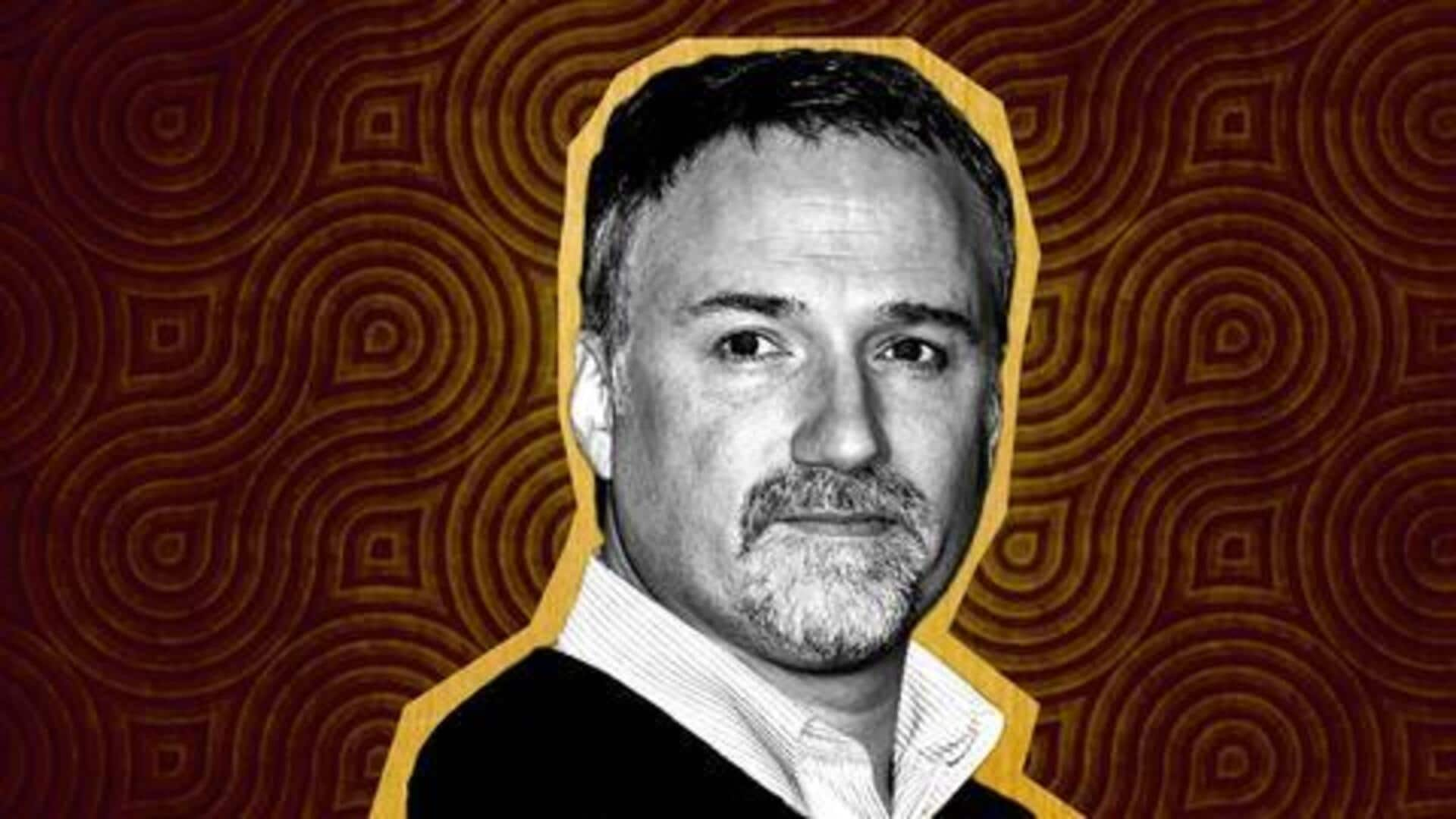
How David Fincher builds tension like no one else
What's the story
David Fincher has a knack for creating tension in films, and it is something that captivates the audience with its uniqueness. His technique is an amalgamation of precise camera work, mindful detailing, and a good knowledge of how the human mind works. With these things in place, Fincher weaves narratives that keep the audience on the edge of their seats. Here's how he does it, through different cinematic elements/storytelling methods.
Visual tension
Mastery of lighting and shadows
Fincher has always relied on lighting and shadows to heighten the tension of his films. By adjusting the light sources, he crafts an atmosphere that depicts the emotional state of the characters. The shadows often hide the parts of the scene, leaving an element of mystery and discomfort. This technique pulls the viewers into the story, making them feel like they are uncovering hidden truths with the characters.
Dynamic framing
Precise camera movements
Camera movements in Fincher's films are always deliberate, always calculated. More often than not, he likes to use slow pans or tracking shots to build suspense gradually. These movements guide our focus, emphasizing crucial details or creating anticipation for what might happen next. The precision in framing ensures every shot contributes to the overall tension within a scene.
Auditory impact
Sound design as a narrative tool
Sound design also plays a huge role in building tension in Fincher's work. Subtle background noises or sudden silences can send anxiety levels through the roof for viewers. Sound effects work in tandem with visual elements to reinforce emotions shown on screen without overpowering them with too much volume or complexity.
Psychological depth
Complex character development
Fincher's strength lies in crafting complex characters whose motives slowly unfold through their interactions, adding depth and tension to already intense situations. Within the film itself, the narrative structure becomes another element from which suspense emerges organically, due to its very structure, not just relying on plot twists, etc.